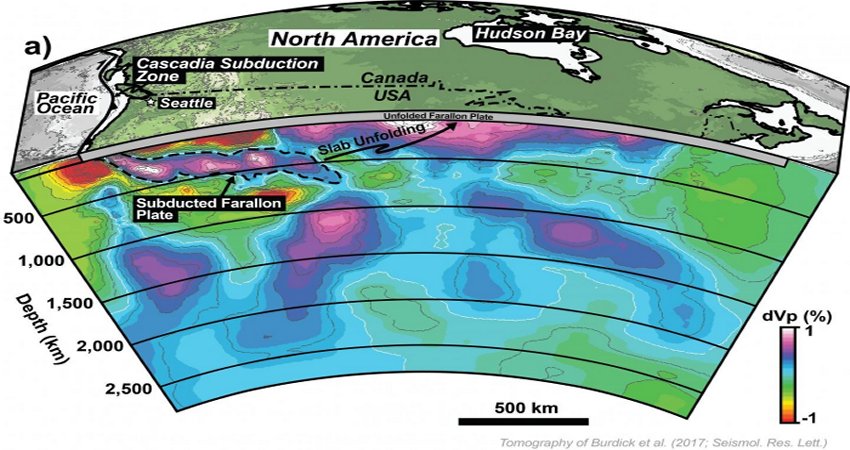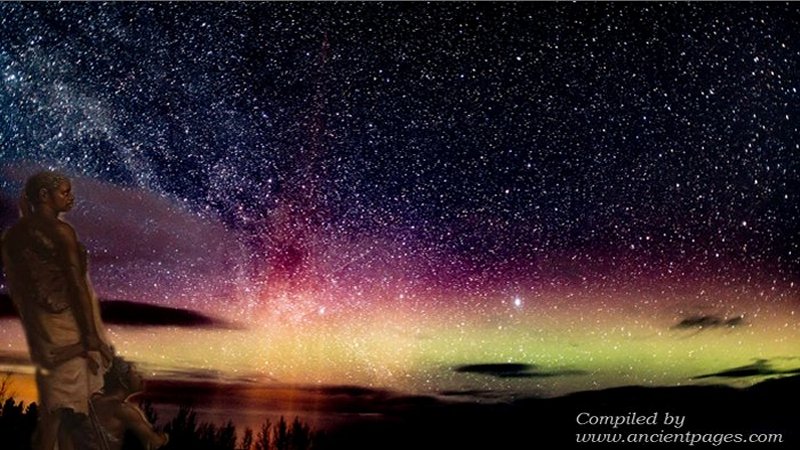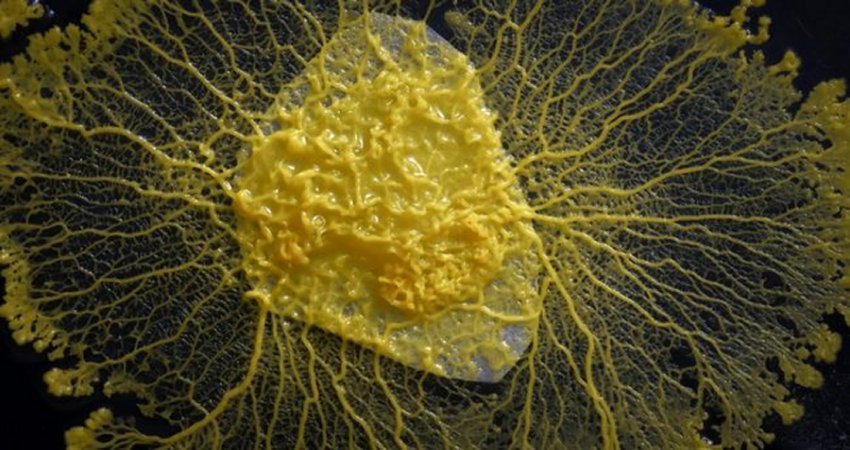When Will Humans Go Extinct?
MessageToEagle.com – Will our species go extinct? The short answer is yes. The fossil record shows everything goes extinct, eventually. Almost all species that ever lived, over 99.9%, are extinct.
Some left descendants. Most – plesiosaurs, trilobites, Brontosaurus – didn’t. That’s also true of other human species. Neanderthals, Denisovans, Homo erectus all vanished, leaving just Homo sapiens. Humans are inevitably heading for extinction. The question isn’t whether we go extinct, but when.

Credit: Public Domain
Headlines often suggest this extinction is imminent. The threat of earth-grazing asteroids is a media favourite. Mars is regularly mooted as a bolt hole. And there is the ongoing menace of the climate emergency.
Humans have vulnerabilities. Large, warm-blooded animals like us don’t handle ecological disruptions well. Small, cold-blooded turtles and snakes can last months without food, so they survived. Big animals with fast metabolisms – tyrannosaurs, or humans – require lots of food, constantly. That leaves them vulnerable to even brief food chain disruptions caused by catastrophes such as volcanoes, global warming, ice ages or the impact winter after an asteroid collision.

Tyrannosaurus quickly became extinct when impact winter made food scarce. Credit: Public Domain
We’re also long-lived, with long generation times, and few offspring. Slow reproduction makes it hard to recover from population crashes, and slows natural selection, making it difficult to adapt to rapid environmental changes. That doomed mammoths, ground sloths, and other megafauna. Big mammals reproduced too slowly to withstand, or adapt, to human overhunting.
So we’re vulnerable, but there are reasons to think humans are resistant to extinction, maybe uniquely so. We’re a deeply strange species – widespread, abundant, supremely adoptable – which all suggest we’ll stick around for a while.
Everywhere and abundant
First, we’re everywhere. Geographically widespread organisms fare better during catastrophes such as an asteroid impact, and between mass extinction events. Large geographic range means a species doesn’t put all its eggs in one basket. If one habitat is destroyed, it can survive in another.
Polar bears and pandas, with small ranges, are endangered. Brown bears and red foxes, with huge ranges, aren’t. Humans have the largest geographic range of any mammal, inhabiting all continents, remote oceanic islands, in habitats as diverse as deserts, tundra, and rainforest.

Humans exist everywhere, making us difficult to eradicate. Credit: Public Domain
And we’re not just everywhere, we’re abundant. With 7.8 billion people, we’re among the most common animals on Earth. Human biomass exceeds that of all wild mammals. Even assuming a pandemic or nuclear war could eliminate 99% of the population, millions would survive to rebuild.
We’re also generalists. Species that survived the dinosaur-killing asteroid rarely relied on a single food source. They were omnivorous mammals, or predators such as alligators and snapping turtles that eat anything. Humans eat thousands of animal and plant species. Depending on what’s available, we’re herbivores, piscivores, carnivores, omnivores.

Credit: Public Domain
But most importantly, we adapt unlike any other species, through learned behaviours — culture – not DNA. We’re animals, we’re mammals, but we’re such weird, special mammals. We’re different.
Rather than taking generations to change our genes, humans use intelligence, culture and tools to adapt our behaviour in years or even minutes. Whales took millions of years to evolve flippers, pointy teeth, sonar. In millenia, humans invented fishhooks, boats and fish-finders. Cultural evolution outpaces even viral evolution. Viral genes evolve in days. It takes a second to ask someone to wash their hands.
Cultural evolution isn’t only faster than genetic evolution, it’s different. In humans, natural selection created an animal capable of intelligent design, one that doesn’t blindly adapt to the environment, but consciously reshapes it to its needs. Horses evolved grinding molars and complex guts to eat plants. People domesticated plants, then cleared forests for crops. Cheetahs evolved speed to pursue their prey. We bred cows and sheep that don’t run.
See also:
Apocalypse In 2040 Predicted By MIT Computer – Unsettling Signs We Are Approaching The End Times
Zombie Apocalypse In Ancient And Modern Times – How Realistic Is An Infectious Disease Outbreak?
Are Viruses Falling From The Sky A Threat To Earth?
We’re so uniquely adaptable, we might even survive a mass extinction event. Given a decade of warning before an asteroid strike, humans could probably stockpile enough food to survive years of cold and darkness, saving much or most of the population. Longer-term disruptions, like ice ages, might cause widespread conflicts and population crashes, but civilisations could probably survive.
But this adaptibility sometimes makes us our own worst enemies, too clever for our own good. Changing the world sometimes means changing it for the worse, creating new dangers: nuclear weapons, pollution, overpopulation, climate change, pandemics. So we’ve mitigated these risks with nuclear treaties, pollution controls, family planning, cheap solar power, vaccines. We’ve escaped every trap we set for ourselves.
So far.

Pessimistic scenarios could lead to the breakdown of civilisation. Credit: Public Domain
Interconnected world
Our global civilisation also invented ways to support each other. People in one part of the world can provide food, money, education,and vaccines to vulnerable people elsewhere. But interconnectivity and interdependence also create vulnerabilities.
International trade, travel and communications link people around the world. So financial gambles on Wall Street destroy European economies, violence in one country inspires murderous extremism on the other side of the globe, a virus from a cave in China spreads to threaten the lives and livelihoods of billions.
This suggests a limited optimism. Homo sapiens have already survived over 250,000 years of ice ages, eruptions, pandemics, and world wars. We could easily survive another 250,000 years or, longer.
Pessimistic scenarios might see natural or manmade disasters leading to widespread breakdown of social order, even civilization and the loss of most of the human population – a grim, post-apocalyptic world. Even so, humans would likely survive, scavenging society’s remains, Mad Max-style, perhaps reverting to subsistence farming, even becoming hunter-gatherers.
Survival sets a pretty low bar. The question isn’t so much whether humans survive the next three or three hundred thousand years, but whether we can do more than just survive.
Written by Nick Longrich – Senior Lecturer in Evolutionary Biology and Paleontology, University of Bath
This article is republished from The Conversation under a Creative Commons license. Read the original article.
Related Posts
-
 Lost ‘Resurrection’ Tectonic Plate Found In Northern Canada – Geologists Say
No Comments | Oct 24, 2020
Lost ‘Resurrection’ Tectonic Plate Found In Northern Canada – Geologists Say
No Comments | Oct 24, 2020 -
 Three-Eyed Tuatara Is The Closest Living Relative To The Dinosaurs
No Comments | Jul 2, 2016
Three-Eyed Tuatara Is The Closest Living Relative To The Dinosaurs
No Comments | Jul 2, 2016 -
 Mysterious Giant Sinkhole Has Destroyed Tallest Waterfall In Ecuador
No Comments | Apr 2, 2020
Mysterious Giant Sinkhole Has Destroyed Tallest Waterfall In Ecuador
No Comments | Apr 2, 2020 -
 Ancient People In Tasmania Witnessed Stunning Auroras When The Earth’s Magnetic Field Flipped
No Comments | Feb 19, 2021
Ancient People In Tasmania Witnessed Stunning Auroras When The Earth’s Magnetic Field Flipped
No Comments | Feb 19, 2021 -
 Incredible Ancient Machines Invented By Hero Of Alexandria – An Engineer Far Ahead Of His Time
No Comments | Nov 12, 2014
Incredible Ancient Machines Invented By Hero Of Alexandria – An Engineer Far Ahead Of His Time
No Comments | Nov 12, 2014 -
 Alien-Like Brainless Organism Can Think And Make Decisions – Biological Mystery
No Comments | Aug 26, 2020
Alien-Like Brainless Organism Can Think And Make Decisions – Biological Mystery
No Comments | Aug 26, 2020 -
 Hidden Mangrove Forest In The Yucatan Peninsula Reveals Ancient Sea Levels
No Comments | Oct 5, 2021
Hidden Mangrove Forest In The Yucatan Peninsula Reveals Ancient Sea Levels
No Comments | Oct 5, 2021 -
 Hunga Ha’apai Volcano Blasted Sulfate Aerosols And Enormous Amount Of Water Vapor Into The Stratosphere
No Comments | Oct 27, 2022
Hunga Ha’apai Volcano Blasted Sulfate Aerosols And Enormous Amount Of Water Vapor Into The Stratosphere
No Comments | Oct 27, 2022 -
 Do Our Laws Of Physics Apply In A Holographic Universe? Scientists Unravel The Secrets Of The Universe
No Comments | Nov 21, 2015
Do Our Laws Of Physics Apply In A Holographic Universe? Scientists Unravel The Secrets Of The Universe
No Comments | Nov 21, 2015 -
 How The World’s Rivers Are Changing
No Comments | Jun 30, 2022
How The World’s Rivers Are Changing
No Comments | Jun 30, 2022
